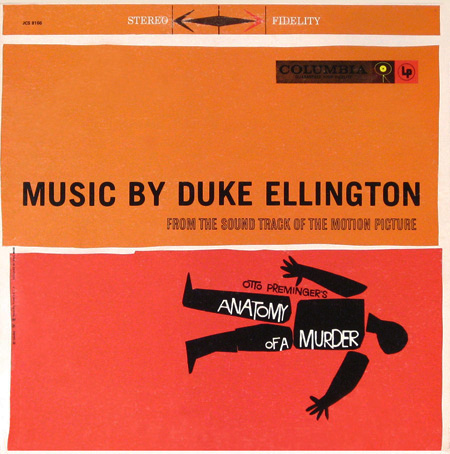Tomorrow, I’ll give a lecture at Ghent University on the use of jazz in film noir.
Contrary to the common idea, jazz is not frequently used in film noir. It’s more the dark setting, the connection with the night (the prefered time slot in film noir), femmes fatales that makes one think that jazz is so present in film noir. On a list of about 300 film noir, someone counted only 30 featuring jazz in any way.
Most of the film noir feature a traditional, orchestral score – and sometimes a diegetic (present in the image) use of jazz, preferably when criminals or their victims visit a club.
Furthermore, contrary to what one might expect, bebop or cool jazz are nearly absent. The jazz styles with which Charlie Parker and later on John Coltrane and Miles Davis and many others turned the musical world upside down, were not only seen as too difficult and too intellectual for film. Bebop and cool explicitely fighted for a recognition of on the one hand jazz as an art style, and not only simplistic or (as often presented in films) inferior expression, and on the other hand also played a role in the fight against segregation. Instead, most of the jazz sequence in film noir use swing, bigband or more easy-listening jazz. The use of jazz and depiction of it also reflects on social codes and context of the time.
Some examples of the use of jazz, and the shift that occurs with the years:
- Blues in the Night by Anatole Litvak (1941) features a white jazz musician – who outclasses his black tutor
- Mildred Pierce by Michael Curtiz (1945) features one jazz song – and it symbolises the fall of the daughter who should have become a lady with class and who ends up singing simple songs for the entertainment of hungry men in a club
- D.O.A. (Death On Arrival) by Rudolph Maté (1950) features black jazz musicians, but was not allowed to show them in one and the same shot with the white audience…
- The Man With the Golden Arm by Otto Preminger (1955) makes the jazz sound more explicit, even in the more traditional, orchestral parts of the score
- I Want To Live! by Robert Wise (1958) features the black musician Art Farmer in a white band
- Anatomy of a Murder by Otto Preminger (1958) features the first score fully composed by a black composer, Duke Ellington
More info during my lecture or in the book Jazz Noir by David Butler.
